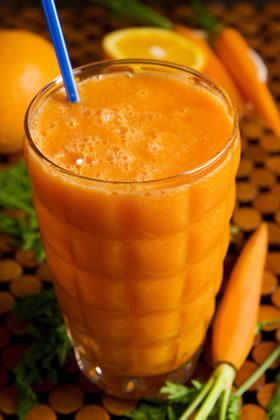DMAE (dimethylaminoethanol) is a naturally occurring nutrient found in high concentrations in fish, sardines and salmon in particular. Also, is a hormone metabolically produced in small amounts by the brain, testes and adrenal glands. DMAE is essential to the production of acetylcholine. Choline is used by the body for many critical functions, which include cell membrane integrity and the wholesome functioning of neurotransmitters known as acetylcholines. Structurally, DMAE is similar to choline, however it crosses the blood-brain barrier more easily than choline. While choline is not able to be transferred to the brain, it can undergo a change called methylation, which would allow the brain to absorb it. Acetylcholine is released by the nerves in the central and peripheral nervous system. In the brain, this neurotransmitter regulates learning memory and mood.
DMAE Food Sources
Common food sources include anchovies, sardines, salmon, herring and other fish.
DMAE Benefits
DMAE or dimethylaminoethanol is a crucial substance that functions as a building block for choline, which allows the brain to manufacturer acetylcholine. In various studies, DMAE has been shown to reduce age-related decline in cognitive ability and memory. DMAE has shown beneficial results in the therapy of a variety of cognitive and disruptive disorders, including attention-deficit hyperactivity disorder and memory lapses.
In a double-blind, crossover study designed to measure the effect of DMAE on vigilance and mood, four subjects categorized as anxiety ridden, and four participants used as controls, were given 1200 mg/day of DMAE for 5 days. The participants then had their EEG and inter-hemispheric coherence measured. In the participants given DMAE, a important and progressive synchronization of the two hemispheres was noted. This synchronization was correlated with improved neuromotor control, enhancement of behavioral tasks, increased verbal memory, and better control in anxious and rhythmic reactivity.
Attention Deficit Hyperactivity Disorder, (ADHD) is a behavioral condition that makes focusing on everyday requests and routines challenging. A ten-week study in 1974 involving 124 children with Attention Deficit Hyperactivity Disorder found that those who took DMAE supplements (deanol) showed responses comparable to those taking Ritalin. Another double-blind study fifty children aged 6 to 12 years who had been diagnosed with hyperkinesia participated in a double-blind study comparing DMAE to placebo. The dose was increased from 300 mg daily to 500 mg daily by the third week, and continued for ten weeks. Findings revealed statistically significant test score improvements in the treatment group compared to the placebo group.
DMAE Serum
One of the important DMAE advantages is that it promotes healthful skin, by preventing the manufacture of arachidonic acid, which is a substance that leads to the formation of wrinkles. A randomized clinical study has showed that, 3% DMAE facial gel applied daily for sixteen weeks is safe and effective to soften the age-lines on the forehead and fine wrinkles on the face. Developments were noted in forehead lines and lines around the eyes, as well as in lip shape, fullness, and the appearance of aging skin.
DMAE serums are particularly noted for their capability to diminish the spots, that are common and visible signs of aging skin. Lipofuscin is a pigment that causes the brown marks on the skin that are usually called “liver spots”or “age spots”. In addition, in vitro studies indicate DMAE is an efficient anti-inflammatory agent, especially in the skin, a site of acetylcholine synthesis, storage, secretion, metabolism, and receptivity.
DMAE Dosage
According to researchs have shown that use of 200 mg to 500 mg of DMAE on a daily basis is effective. For Attention Deficit Hyperactivity Disorder; 100 mg to 300 mg, taken orally once or twice a day. For memory; 100 mg to 300 mg, taken orally once or twice a day. For skin health; Apply a 3% DMAE solution.
Side Effects
It is not recommended for individuals with bipolar depression, Parkinson’s disease, epilepsy, or seizure disorders. Also, be avoided by pregnant or breastfeeding women, except with a physician consent.
 provitamin A carotenoid.
provitamin A carotenoid. The oldest researches were between 1941 and 1962. The findings of the various studies have showed the plant’s antispasmodic, hypotensive, cardiotonic and vasodilator effects. The first cancer research on graviola was conducted in 1976 by the “National Cancer Institute“. In plant screening, the stem and leaves of graviola showed active cytotoxicity against cancer cells. Their results reported that the Graviola were effective in destroying malignant cancer cells.
The oldest researches were between 1941 and 1962. The findings of the various studies have showed the plant’s antispasmodic, hypotensive, cardiotonic and vasodilator effects. The first cancer research on graviola was conducted in 1976 by the “National Cancer Institute“. In plant screening, the stem and leaves of graviola showed active cytotoxicity against cancer cells. Their results reported that the Graviola were effective in destroying malignant cancer cells.